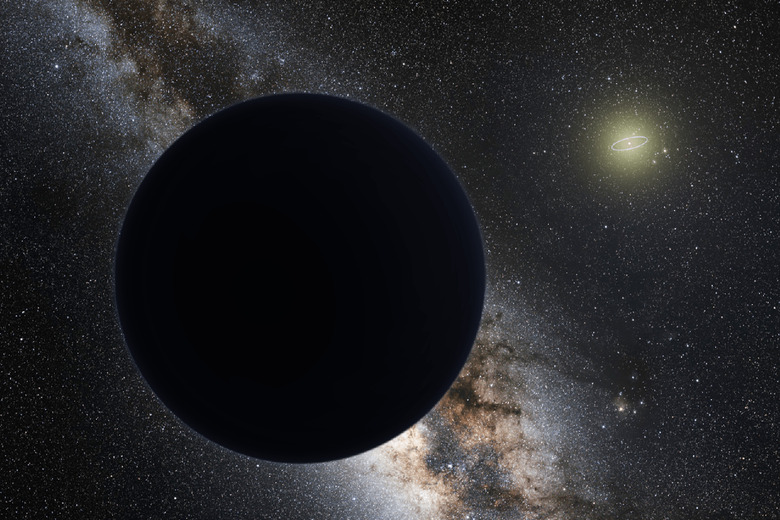Astronomers Spot A New Object Orbiting The Sun That Supports The Planet Nine Theory
There are officially eight planets in our Solar System — yes, I know, Pluto was totally a planet, but not anymore — but that doesn't mean there isn't something lurking on the edge of our system that hasn't yet been spotted. Evidence of a still-undiscovered planet, called Planet Nine or Planet X by scientists, has been mounting for some time, and a newly-discovered object far out from the Sun may be the latest piece to the growing puzzle.
The object's official name is 2015 TG38, but it's been nicknamed "The Goblin" because that's way cooler. It's a member of a group called extreme trans-Neptunian objects which means that its orbit sees it travel to incredible distances from our star, and that orbit might actually be the result of The Goblin's interaction with a planet that has yet to be found.
When The Goblin was spotted it was extremely far off from the Sun, at well over twice the distance from the star as Pluto, and its orbit is stretched in an oblong shape that takes it up to 2,300 times as far from the Sun as Earth is. Pluto, meanwhile, is around 34 times as far from the Sun as Earth, so The Goblin really, really gets out there.
Objects like The Goblin are special to astronomers because their behavior isn't thought to be influenced by the larger bodies in the inner Solar System, like Jupiter, Neptune, and the like. But if they're not being tugged on by the planets we know about, that leaves the door open for interactions with objects we haven't yet discovered, like Planet Nine.
When studying the orbit of The Goblin, the researchers discovered that it appears to be acted upon by an unseen object in the same area as others which have offered hints to the existence of a hidden planet. Without seeing the planet itself, scientists can only go by what they see other objects doing as they orbit, and several previous examples have shown that something large appears to be influencing the movements of objects far past Neptune.
"These distant objects are like breadcrumbs leading us to Planet X," Scott Sheppard of Carnegie, one of the authors of a new study published in the Astronomical Journal, said in a statement. "The more of them we can find, the better we can understand the outer Solar System and the possible planet that we think is shaping their orbits—a discovery that would redefine our knowledge of the Solar System's evolution."
It's far from definitive evidence, but it's yet another step towards discovering or debunking the myth of Planet Nine.
